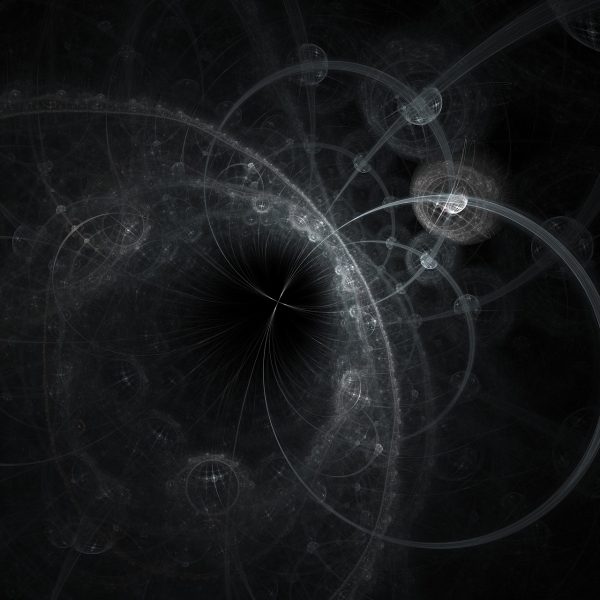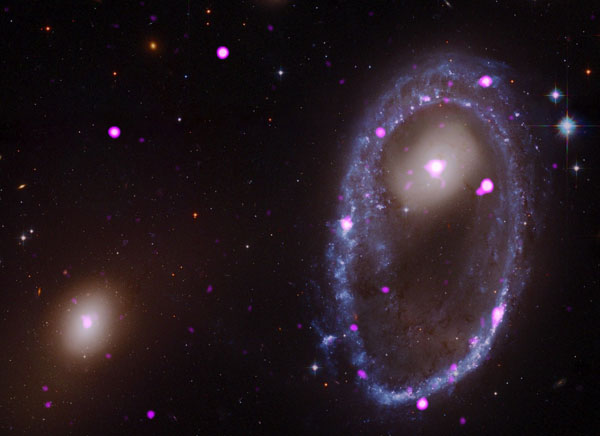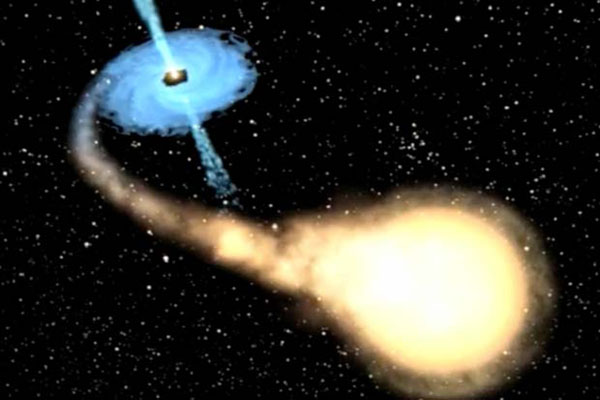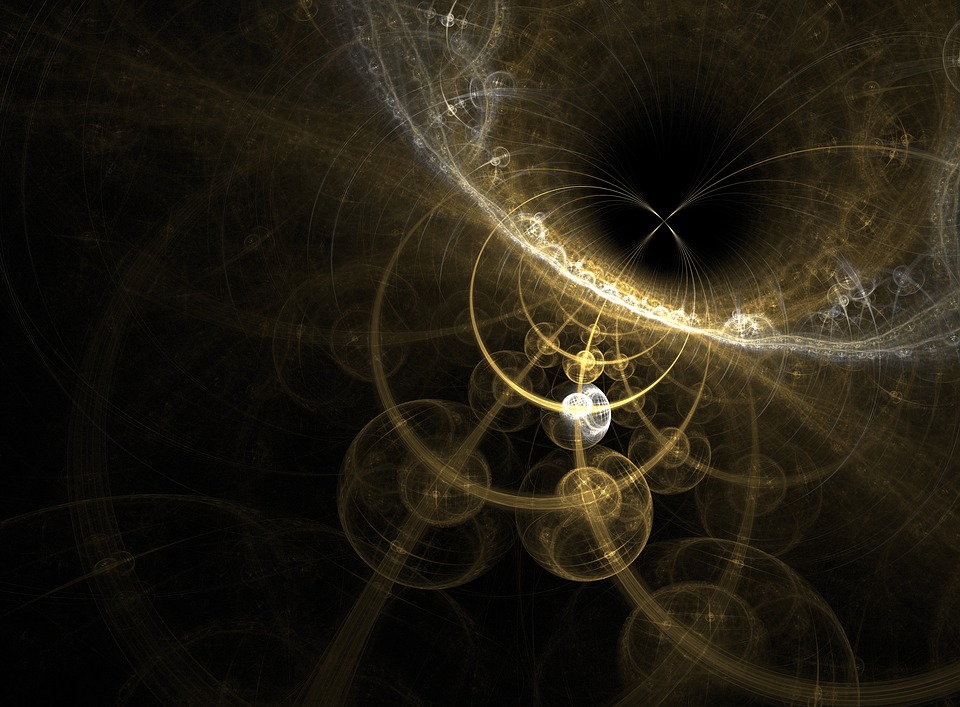SPACE: Are There Huge Black Holes Out There?
Black holes can get big … really big. But just how big? It’s possible they could top out at over a trillion times more massive than the sun. That’s 10 times bigger than the largest known black hole so far. But could these monsters truly exist in our universe? A team of researchers has come up with a plan to go hunting for them. And if they exist, they could help us solve the mysteries of how the first stars appeared in the cosmos. If you want to go shopping for black holes in the universe, unfortunately you only have … Read more









